Raw Honey Helps Allergy Symptoms – A Field Trip To A Bee Apiary
Bees are important because bees and other pollinators are responsible for keeping the human race from starving to death by providing an incredibly necessary function on earth; plant pollination. They also produce honey, which beyond tasting delicious can have an amazing effect on your health. Raw bee honey was recommended to me by my allergist as a way to help reduce my severe allergy symptoms. I was given specific orders to take at least one teaspoon of local raw honey per day.
Because bees contribute pollen to the honey in the process of making it, the prevailing theory is that taking a teaspoon or two of honey daily will function much like an allergy vaccination or immunotherapy treatment. Honey, specifically local honey, contains the same pollen spores that plague allergy sufferers. By introducing small bits of pollen into your system, the low-dose exposure will eventually help reduce the release of histamine’s in your system. Because the pollen dosage is so very small, much like an immunotherapy treatment dosage, the person who consumes honey will not be likely to have an allergic reaction to the honey itself. However, the body will be building up a more protected reaction to allergens over the long run. There have been no conclusive formal scientific studies on this concept, although Xavier University in New Orleans and others have had success in their informal studies. Personally, I have had great success with it since I began using the honey two years ago.
Here in my little community of Warrenville, Illinois, I have discovered a local raw honey supplier, Bees and Arrows Apiary. I love their honey and have become quite addicted; I enjoy one cup of tea filled with a generous teaspoon of the raw honey from Bees and Arrows Apiary every morning just after breakfast. Nancy Zorn and Randy Rutledge are Yard Care Gurus and run the amazing little apiary and invited me to watch their process of honey collection. My youngest daughter came with me and wanted to help collect the honey, so Nancy helped her get dressed in a bee-proof outfit to protect against any stings.
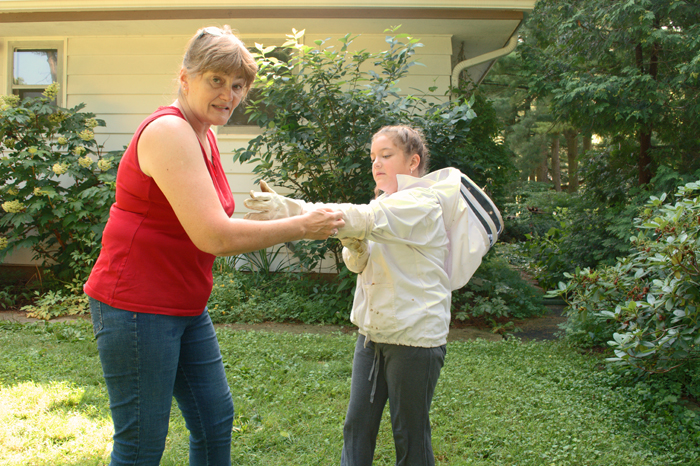
After gearing up, we go out to the back of their property where we get up close and personal with the bees at their hives. Above you see a photo of the “lid” that is placed on top of the hive once the top layers of hive are removed.
Below you see the lid is removed from the bee hive and they are ready to pry the bee hives apart in order to collect the honey comb. Only the top hives are harvested, so you can preserve the bee colony; the queen bee is down farther below in the network of hives at the bottom. Most hives have around 50,000 bees and preserving the queen helps preserve the entire hive.
Bees crawl over the surface of the frames that hold the honey combs (above) and must be removed. Randy does not want to harm the bees and the best way to do that is simply to nudge them out of the way with air rather than push them out of the way with your arm or another tool. He does this by using a leaf blower on a low setting (below).
Once the frames are blown out, it is time to bring them back to the barn for processing. Above you see my daughter has just dipped her finger in the first drip of honey that came off of the comb.
Now it is time to remove the propolis product which the bees have used like caulking to seal the frames together. This sticky substance is often called “bee glue”. Nancy gets busy scraping all the propolis off all the surfaces, preparing the frames to be placed in the honey extractor (below).
While Nancy is cleaning the propolis off, Randy is cutting and unsealing the honey cells by using a knife and scraper tools to slice the bees wax seal off the top of the frame (above).
Before Randy placed the honey-filled frames in the extractor he held them up to the sunlight for me to capture on camera. Seeing honey combs in the sunlight is like looking at a rich stained glass window – they glowed.
After much anticipation, we finally get to see the honey pulled out of the frames. Each frame is loaded into a honey extractor which then spins the honey out of the frame. Honey drains through a sieve into a sanitized food-grade bucket. There are several more sieving steps until it is finally bottled.
Each time I go to Bees and Arrows Apiary I get three jars of honey. I end up giving away as much as I keep and love every single drop. Bees range for many miles, so Nancy and I are convinced that her bees come visit my vegetable garden. My heart is pretty darned happy thinking my garden is helping her bees produce the honey that might be helping me with my allergies.
If you would like some of this delicious honey to eat or to do your own experiment to see if it helps your allergies, please contact Bees and Arrows Apiary –
Bees and Arrows Apiary, 2S338 Williams Road, Warrenville, IL 60555, phone – 630-393-9211



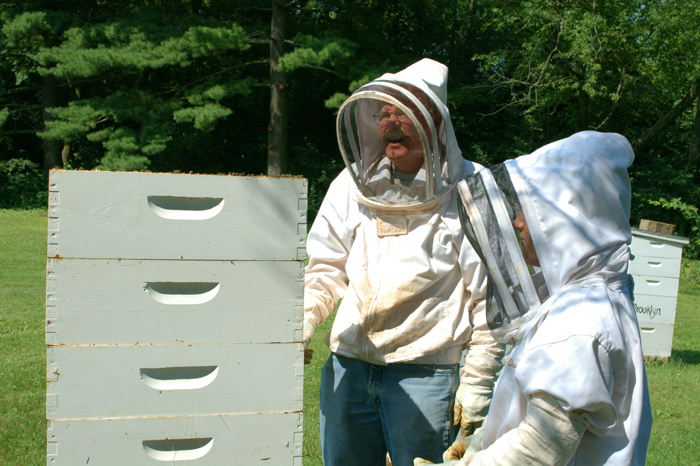
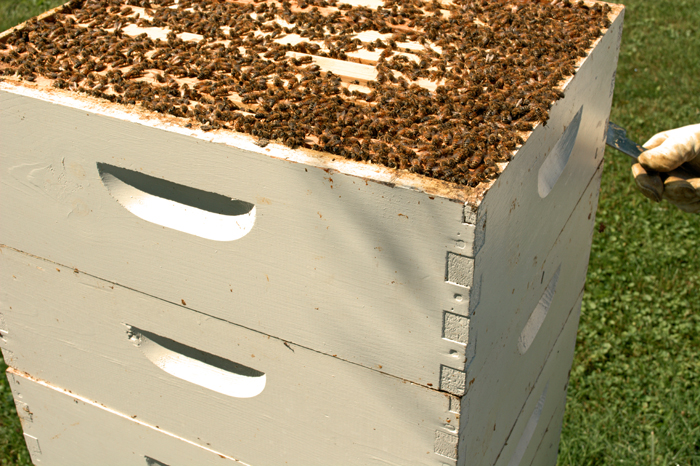

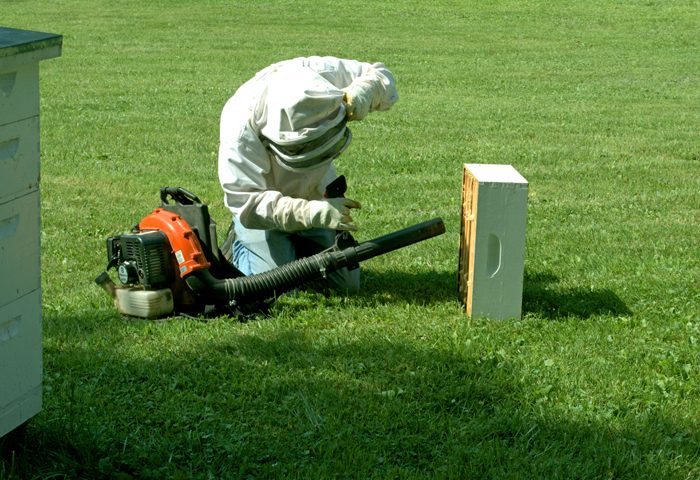

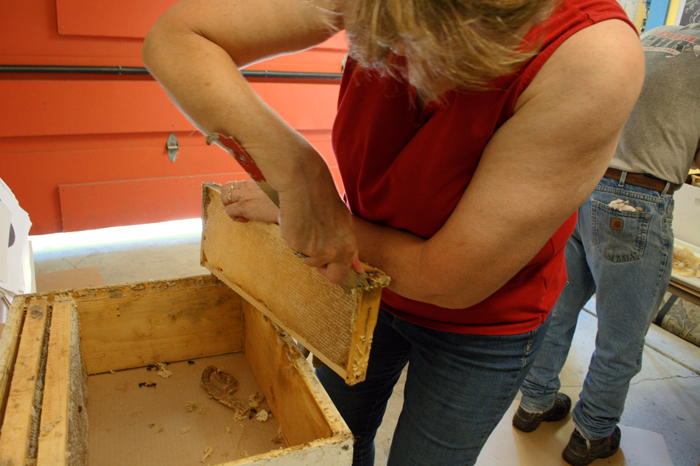

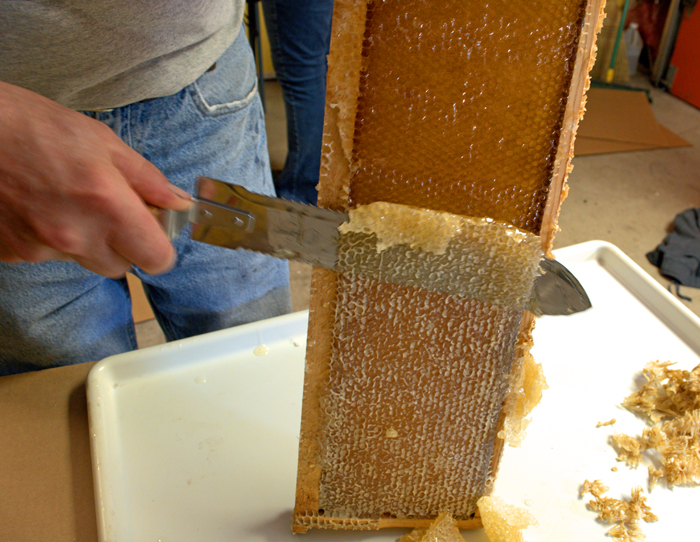


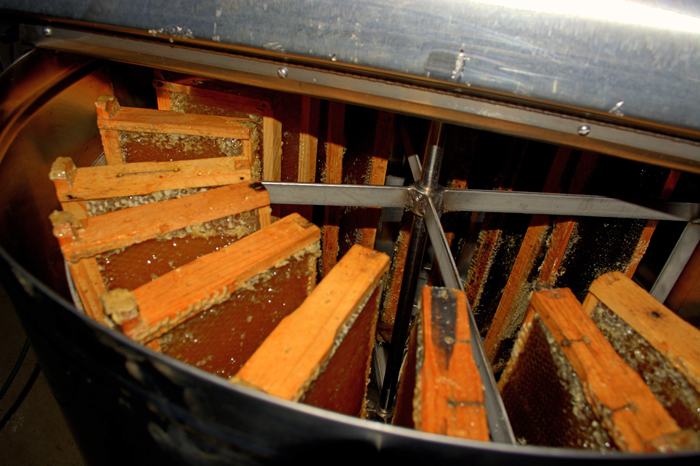



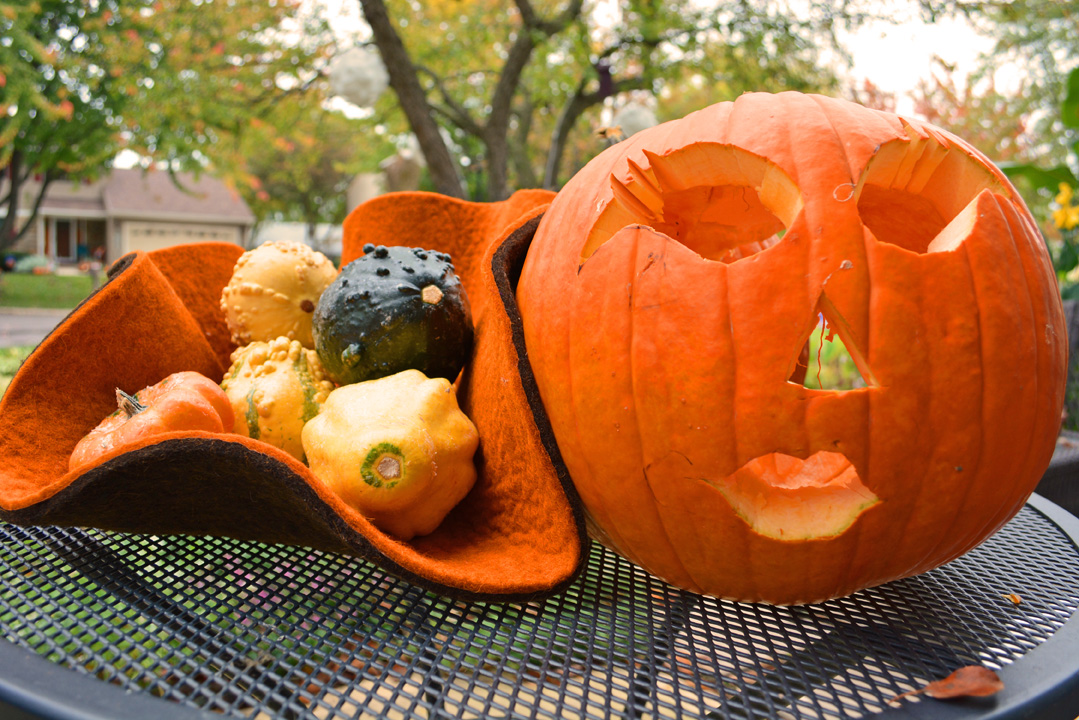

Great photos of the process! Thank you for sharing your trip to the apiary, and for such a clear explanation of how local honey helps allergy sufferers.
Incredible! This blog looks exactly lkke my old one! It’s on a
totally different subject but it has pretty
much the same page layout and design. Excellent choice
of colors!